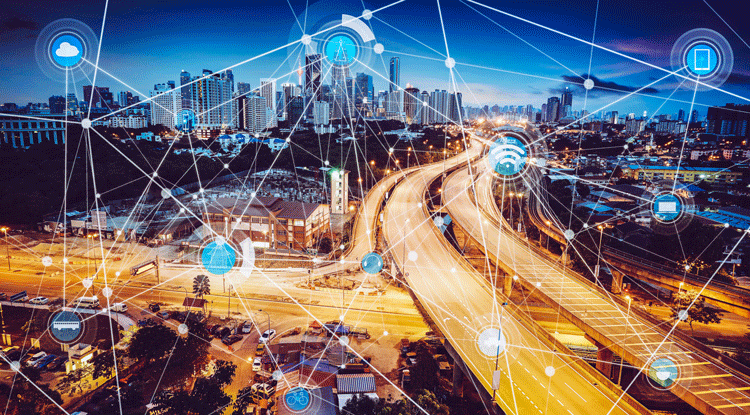

China’s BRI is perhaps the most important and impactful global infrastructure programme of our time. It has the potential to become the blueprint for a new world trade order in times when globalisation is a reality full of challenges and opportunities – and requires farsightedness and courage to offer bold, transnational solutions that help bridge national divides.
With the UAE’s strategic geographical position between east and west, companies in the country stand to be among the top beneficiaries of the BRI. The UAE's worth as a global trade hub is estimated by the World Bank to be $570bn. The country is also home to the world’s busiest port outside of Asia, creating an important link for investment flowing from China to the rest of the world.
In general, the presence of Chinese companies and financial institutions in the Middle East and neighbouring countries has been growing steadily over the past decade. Pakistan is another beneficiary of this growth. In 2017, the volume of trade between China and countries along the BRI route, including Pakistan, has been estimated at $1.1tn, a growth of almost 15 per cent over the previous year.
The BRI aims to reach out to the world, connect people and economies, and help societies prosper in multiple regions. To quantify this, we expect infrastructure projects of about $1.17tn (€1tn) to be completed or be under execution in BRI countries with Chinese participation by 2025.
Digital infrastructure
While investment in conventional infrastructure such as power plants, railroads or industrial zones will shape BRI in the near future, it will extend far beyond that. Digitalisation will play a key role in bringing long-term collaboration and success to the BRI initiative. This is what China terms as the Digital Silk Road, an idea in which it seeks to leverage the power of digital industry to drive the development of traditional industries, shape global e-commerce and set standards for the global digital market landscape.
China’s long-term planning will accelerate much-needed infrastructure projects in the currently announced 69 BRI countries. It will foster economic growth and enhance the quality of people’s lives in those countries. Digitalisation can bring an additional layer of benefits to projects in electrification, transportation, smart cities development or intelligent buildings. Using open Internet of Things (IoT) operating systems such as MindSphere, for example, can become an integral part of the Digital Silk Road, bringing about numerous benefits. Connecting hundreds of assets and enabling data analysis can significantly reduce costs and boost efficiencies, deriving value from data.
Adopting digital technologies
MindSphere will be used by Expo 2020 Dubai to build the most connected event ever. The emirate is also adopting additive manufacturing to have 25 per cent of its buildings 3D printed by 2030, and it aspires to become the smartest city in the world. In neighbouring Abu Dhabi, Mubadala’s manufacturing arm Strata has used 3D printing to manufacture airplane parts. Abu Dhabi National Oil Company (Adnoc) has also unveiled its future downstream strategy, with a clear focus on digitalisation.
The UAE’s role as a leader in adopting digital technologies and its aspirations to build smart cities set it apart in the Middle East and create new opportunities within BRI. This, coupled with its strategic location as a trade link between east and west and its business hub status in the region, has the potential to make the UAE an outstanding winner in the BRI’s Digital Silk Road.
The Belt and Road International Summit 2018 took place in Beijing, China, on 6-7 June. It brought together key stakeholders in the initiative, encouraged thought leadership exchange and paved the way to sharing know-how to boost collaboration between countries and regions.
About the author
Dietmar Siersdorfer is the CEO of Siemens in the Middle East
| This article has been unlocked to allow non-subscribers to sample MEED’s content. MEED provides exclusive news, data and analysis on the Middle East every day. For full access to MEED's Middle East business intelligence, subscribe here |
You might also like...

Rainmaking in the world economy
19 April 2024

Oman receives Madha industrial city tender prices
19 April 2024

Neom seeks to raise funds in $1.3bn sukuk sale
19 April 2024

Saudi firm advances Neutral Zone real estate plans
19 April 2024
A MEED Subscription...
Subscribe or upgrade your current MEED.com package to support your strategic planning with the MENA region’s best source of business information. Proceed to our online shop below to find out more about the features in each package.





